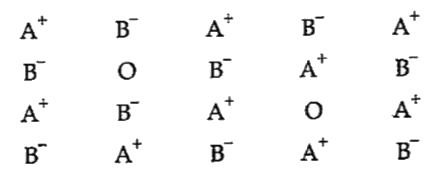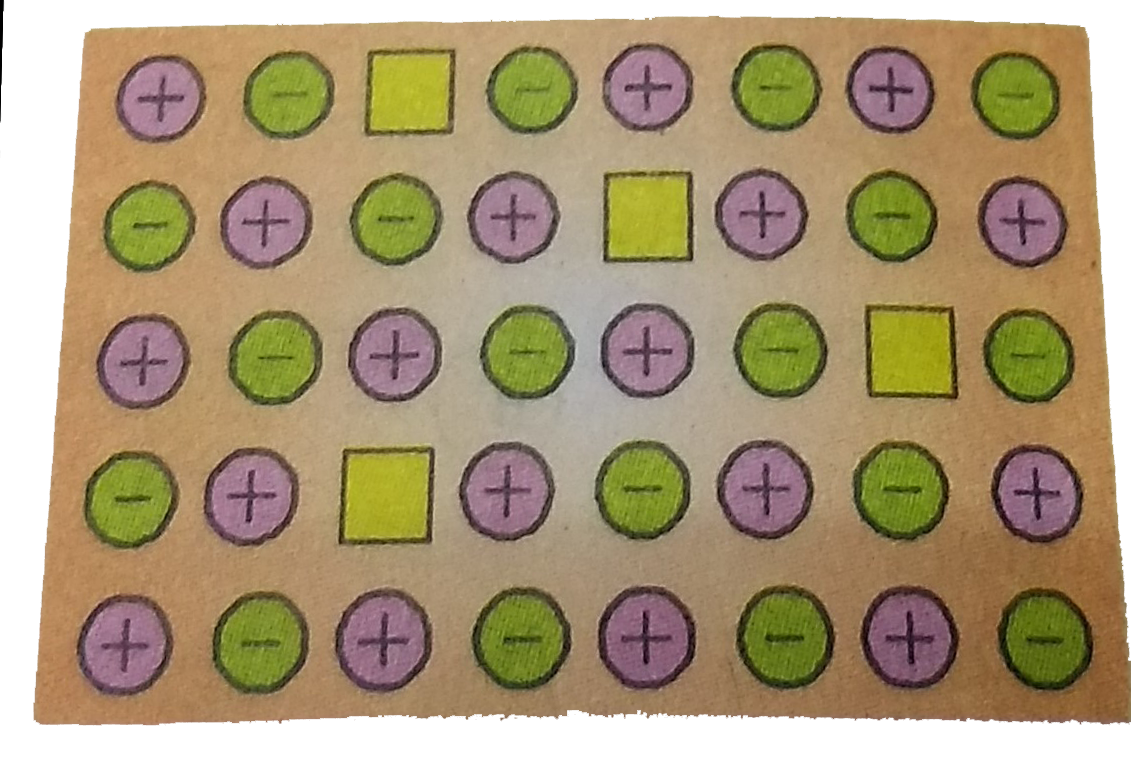How are the properties of crystal vary upon point defects?
To address the question of how the properties of a crystal vary upon point defects, we can break down the solution into clear steps:
1. Understanding Point Defects:
- Point defects refer to the irregularities or imperfections in the crystal lattice structure. They occur when one or more atoms or ions are missing from their normal lattice positions. This can result from various factors, such as impurities, vacancies, or interstitial atoms.
2. Types of Point Defects:
- There are several types of point defects, including:
- Vacancies: Missing atoms in the lattice.
- Interstitials: Extra atoms that occupy spaces between the normal lattice points.
- Substitutional defects: Atoms in the lattice are replaced by different atoms.
3. Effect on Crystal Properties:
- The presence of point defects can significantly alter the properties of the crystal. Here are some key properties affected:
- Structural Changes:
- Point defects can lead to distortions in the crystal structure, affecting its overall symmetry and stability.
- Mechanical Strength:
- The mechanical strength of a crystal can be reduced due to point defects. For example, vacancies can create weak points in the lattice, making the material more prone to fracture.
- Electrical Conductance:
- Point defects can influence the electrical properties of a crystal. For instance, the presence of certain defects can create free charge carriers, enhancing conductivity.
- Malleability:
- Malleability, the ability of a material to deform under stress, can be affected by point defects. A crystal with many defects may be more malleable due to the increased mobility of dislocations.
- Ductility:
- Ductility, or the ability to be drawn into wires, can also be influenced by point defects. The presence of defects can allow for easier movement of atoms, facilitating deformation.
4. Conclusion:
- In summary, point defects play a crucial role in determining the physical properties of crystals. They can lead to changes in structure, mechanical strength, electrical conductance, malleability, and ductility.
- Point defects refer to the irregularities or imperfections in the crystal lattice structure. They occur when one or more atoms or ions are missing from their normal lattice positions. This can result from various factors, such as impurities, vacancies, or interstitial atoms.
- There are several types of point defects, including:
- Vacancies: Missing atoms in the lattice.
- Interstitials: Extra atoms that occupy spaces between the normal lattice points.
- Substitutional defects: Atoms in the lattice are replaced by different atoms.
- The presence of point defects can significantly alter the properties of the crystal. Here are some key properties affected:
- Structural Changes:
- Point defects can lead to distortions in the crystal structure, affecting its overall symmetry and stability.
- Mechanical Strength:
- The mechanical strength of a crystal can be reduced due to point defects. For example, vacancies can create weak points in the lattice, making the material more prone to fracture.
- Electrical Conductance:
- Point defects can influence the electrical properties of a crystal. For instance, the presence of certain defects can create free charge carriers, enhancing conductivity.
- Malleability:
- Malleability, the ability of a material to deform under stress, can be affected by point defects. A crystal with many defects may be more malleable due to the increased mobility of dislocations.
- Ductility:
- Ductility, or the ability to be drawn into wires, can also be influenced by point defects. The presence of defects can allow for easier movement of atoms, facilitating deformation.
- In summary, point defects play a crucial role in determining the physical properties of crystals. They can lead to changes in structure, mechanical strength, electrical conductance, malleability, and ductility.
Similar Questions
How does the density of crystal change due to Schottky defects ?
View SolutionExamiine the given defective crystal

(i) What type of stoichiometric defect is shown by the the crystal ?
(ii) How is the density of the crystal affected by this defect ?
(iii) What type of ionic substance show such defect ?
View Solution
Knowledge Check
Nature and properties of soil depends upon
AclimateBweathering processCdevelopment of soilDall of theseExamine the given defected crystal

Answer the following questions:
How is the density of crystal affected by this defect?ASchottky defect, decreases, NaCl and KCl etcBFrenkel defect, increases, As and Si etcCSchottky defect, increases, As and Bi etcDFrenkel defect, decreases, NaCl, KCl etcWhen electron are trapped into the crystal in anion cancy ,the defect is known as
AF-centreBFrenkel defectCSchottky defectDInterstitial defect
Examine the illustration of a portion of the deffective crystal and answer the following question :
(a) What are these type of vacancy defects called ?
(b) How is the density of a crystal affected by these defects ?
(c) Name one ionic compound which can show this type of defect in the crystalline state.
(d) How is the stoichiometry of the compound affected ?

View SolutionHow do the following properties vary on moving down the group 1?
Atomic radii
View SolutionWhich of the following statement (s) for crystal having schottky defect is/are correct
View SolutionAssertion (A) : The density of crystal having Schottky defect is lowered.
Reason (R ) : The crystals suffering from Schottky defect have same number of cation and anions missing from their normal lattice sites.
View SolutionThe crystal showing Frenkel defect is:
View Solution
